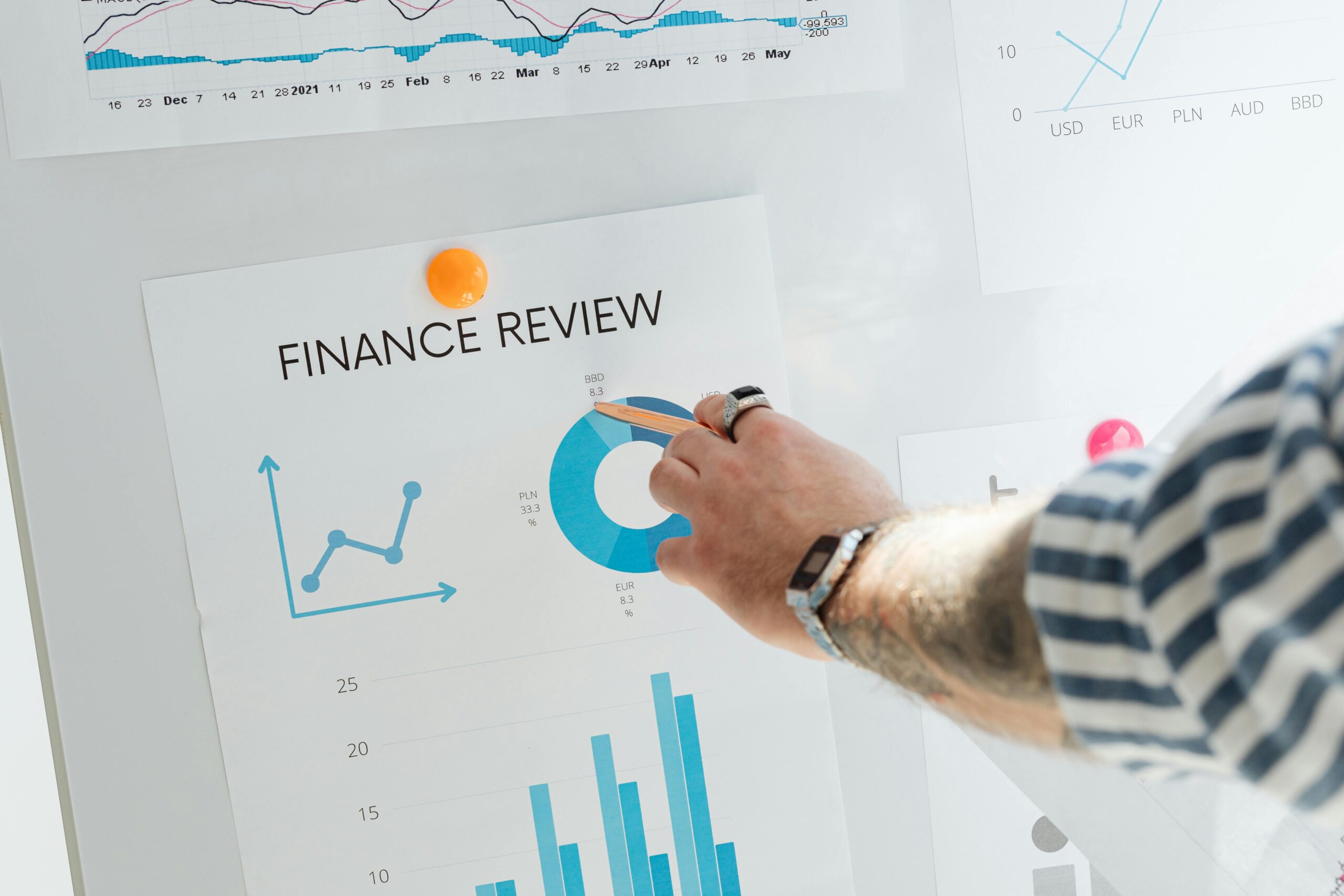
What is a Business Line of Credit and How Does it Work?
A business credit line is an excellent way to set up low-cost, short-term financing to help cover expenses during slow periods. It can also help you take advantage of growth and expansion opportunities. A business line of credit (LOC) is an unsecured line of credit that works like a revolving charge account. Read on to learn how it works…
What is a line of credit (LOC)and how does it actuallywork?
Similar to a credit card, you apply for a business line of credit, sometimes referred to as a revolving line of credit. With this type of loan, once approved, you can draw down funds when you need them, pay them back at a rate determined by the amount withdrawn, then withdraw funds again once you pay it back. You control this account and the use of funds—expenses, payroll, inventory, expansion, etc. A business line of credit can help a small business owner get through seasonal slumps and economic downturns.
One of the most fundamental rules is: Don’t borrow against your line of credit just because it’s there.
You don’t have to borrow the whole amount. For example, if you are approved for a $100,000 line of credit but only need $25,000 to cover the cost of a project, then that is what you borrow; interest is usually charged on the amount borrowed. Depending on your contract, your interest rates may be variable or fixed. Also, some lenders charge a “withdrawal fee” per transaction, so borrow the max you need all at one time.
Your lender will provide a specific amount and repayment period; your payments will vary based on your withdrawal amount. Some banks offer a “draw period.” During that period, you can access funds and make interest-only payments. At the end of that period, either you pay back the principal or negotiate a new repayment period to pay back the balance.
How can small business owners benefit from a line of credit?
Business lines of credit can be very beneficial to the small business owner. Here are some examples that demonstrate how your business may benefit from a LOC:
- Seasonal businesses fluctuate—a small business line of credit can help hold you over and cover your expenses during these ebb periods.
- Some loyal customers are slow-payers— the rent can’t wait. Here again, having access to funds through a business line of credit can help cover expenses while you wait for those payments to come in.
- An opportunity to expand your business has presented itself, and you see the growth opportunity—you need investment capital to cover the increase in materials and labor.
- An opportunity arises to purchase inventory or equipment at a significantly reduced cost—an LOC can cover the expense until your cash flow catches up.
- Numerous other situations exist that may justify a personal line of credit as well.
How to qualify for a business line of credit
There are several types of lenders to choose from for a business line of credit:
- Banks
- Business loan brokers
- Credit unions
- Online lenders
- Online marketplace lenders (lender mall)
All lenders evaluate the same basic information to qualify you:
- Amount of time in business: 2 or more years is ideal
- Credit scores 600–650+: Requirements vary by lender; banks may require higher scores.
- Verification of revenues and a review of bank statements, financial statements, tax returns.
- Consider incorporating as an LLC, C Corp or S Corp—most lenders will not lend to unincorporated businesses.
- Open a bank account; it is considerably more difficult to qualify if you do not have one.
Secured vs. unsecured risks explained
Small business lines of credit are typically unsecured—the lender considers you a low-risk, doesn’t ask for collateral and trusts you to pay the loan back on time. That is an unsecured risk.
Follow your budget and avoid the urge to tap into your business line of credit for personal items, i.e., a cruise, new furniture, a cruise, or your kid’s college. You may want to consider a zero-interest introductory rate credit card for those types of expenses. Make sure you have a solid strategy to pay it off within the intro period to avoid outrageous back-interest.
For secured business lines of credit, collateral with equal value to the loan amount, i.e. jewelry, a house, stock portfolio, gold. He can usually come out ahead with a lower interest rate. Keep in mind that the risks here are more significant—you could lose all your collateral if the LOC is mismanaged and not paid accordingly.
Pros and cons of a Business Line of Credit
TIP: Lenders are more likely to approve your application for a business line of credit when your business is healthy and has zero cash flow issues. If your business is in a cash flow crunch, it makes it difficult to qualify. Another point to remember is that even when you are approved for a business line of credit, you are under no obligation to withdraw any funds. Additionally, lenders may charge a small origination or management fee annually or monthly to keep the LOC active. Read the terms being offered and ask questions.
While small businesses can benefit from having a business line of credit available, a small business loan might serve you best when you need money to fund a long-term or one-time project.
A business line of credit does appear on your credit reports, so borrow wisely. Borrowing a high percentage against your credit line could increase your utilization rate and impact your credit scores.
Lines of credit come with inherent risks—the biggest one resulting from mismanagement of credit. Be responsible when borrowing.
Similar Resources & Stories.

Navigating Financial Challenges as a Chiropractor
Chiropractors face unique financial challenges, including managing insurance reimbursements and improving patient retention. Success hinges on strong financial literacy and strategic planning to navigate this specialized landscape. By diversifying investments, implementing effective risk management, and building relationships with financial advisors, chiropractors can enhance their practice's resilience. This proactive approach equips them to navigate market shifts and unforeseen challenges, ensuring long-term stability and success in healthcare.
Learn More
Preparing Your Chiropractic Practice for Economic Downturns
During economic downturns, chiropractic practices may face challenges like reduced patient volume and financial uncertainties. However, proactive strategies can help practitioners navigate these hurdles effectively. Diversifying revenue streams, improving practice efficiency, and enhancing patient engagement are crucial for long-term sustainability. Investing in technology, adjusting marketing strategies, and maintaining robust financial management practices are key for success amid economic uncertainty. Developing comprehensive contingency plans and staff training are essential for preparing for and responding to economic challenges. By taking a proactive and strategic approach, chiropractic practices can overcome economic storms and emerge stronger.
Learn More
The Ultimate Guide to Securing a Business Loan for Your Chiropractic Clinic
Running a successful chiropractic clinic requires a combination of clinical skill, patient-focused care, and strong financial management. In today’s changing healthcare environment, obtaining the right financing is crucial for the expansion and prosperity of a chiropractic practice. Understanding the importance of financing and exploring different loan options can make a significant difference in establishing aContinue reading "The Ultimate Guide to Securing a Business Loan for Your Chiropractic Clinic"
Learn More